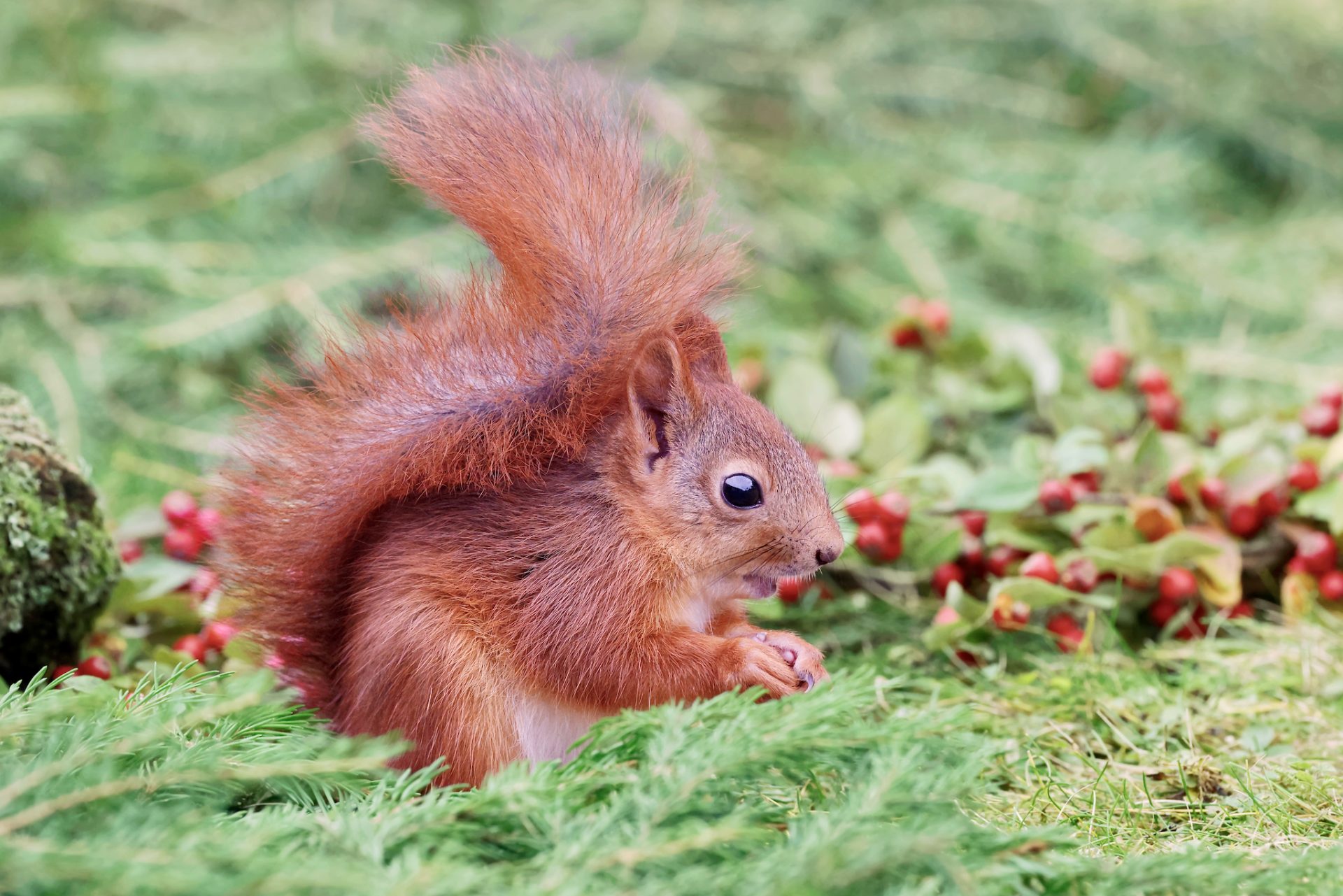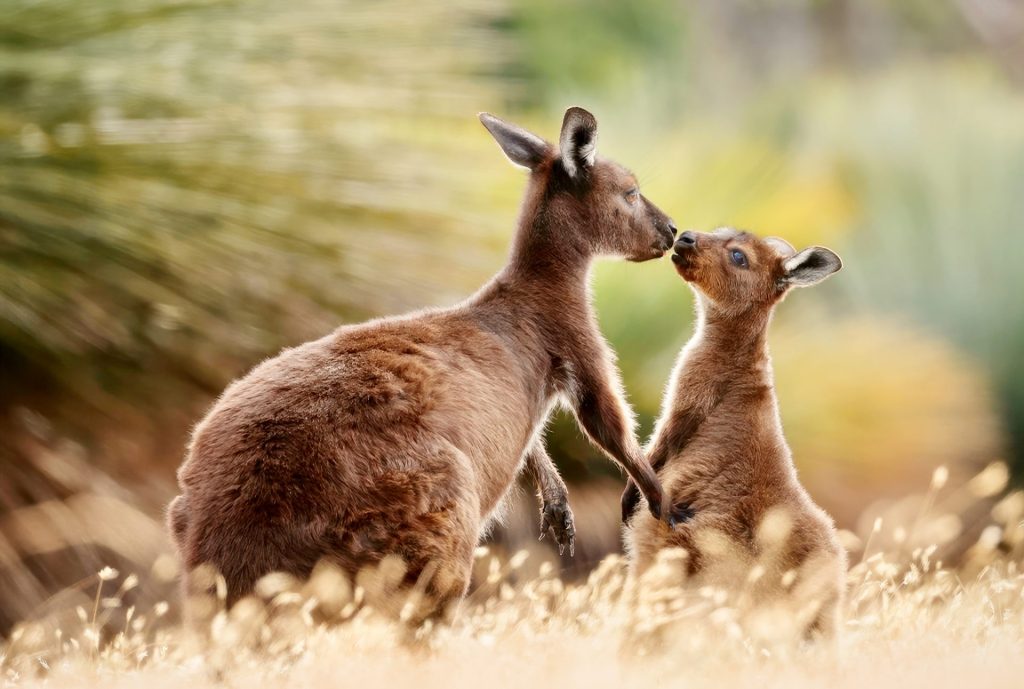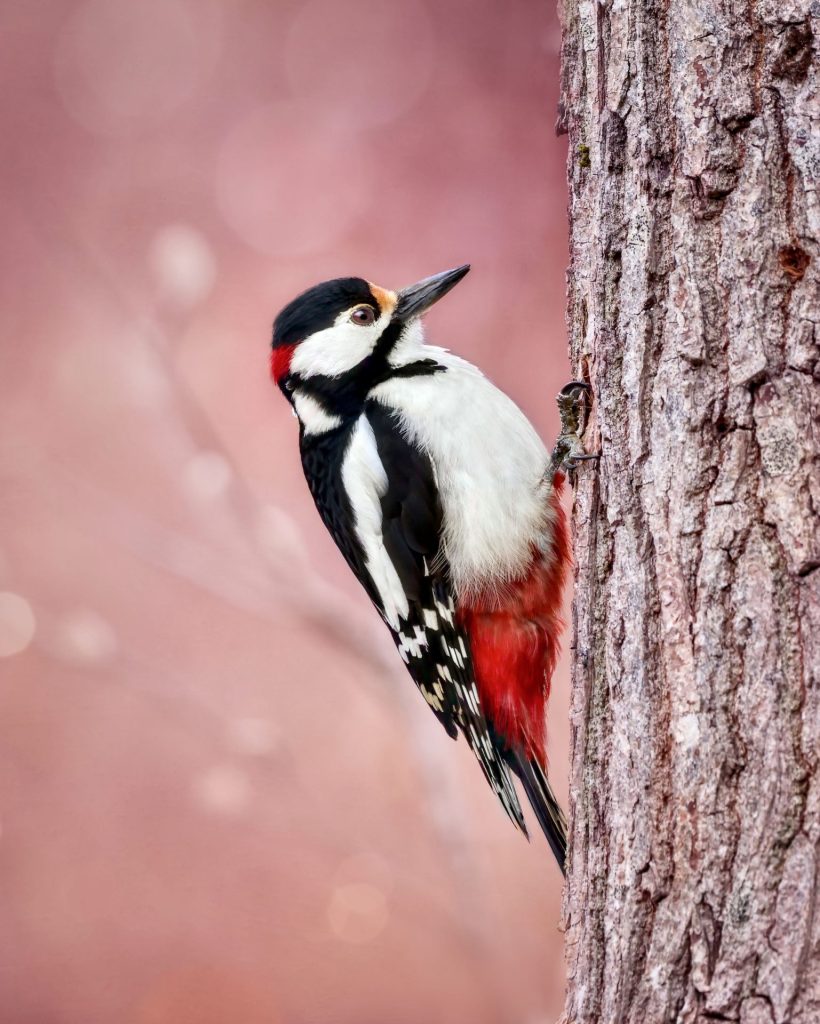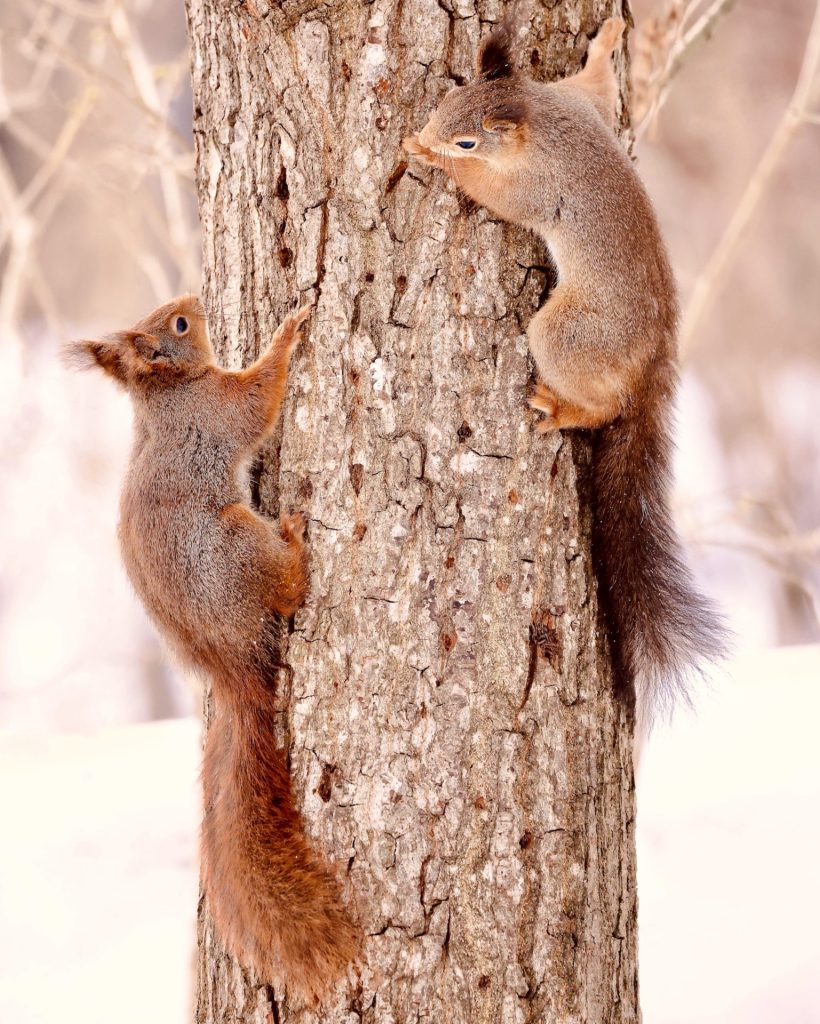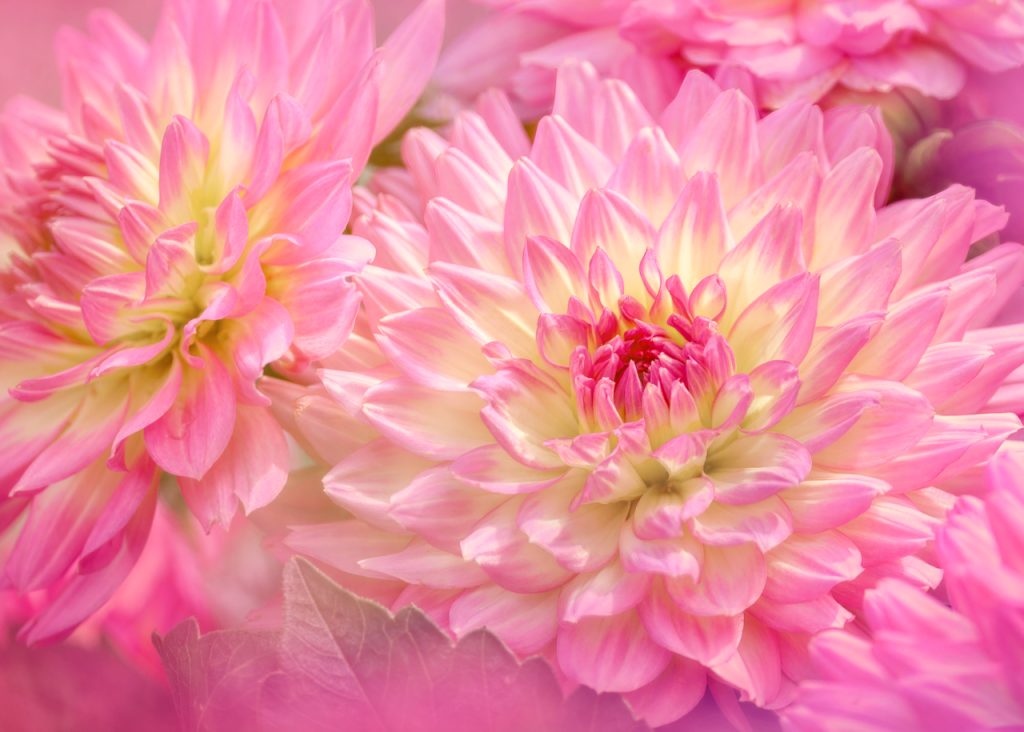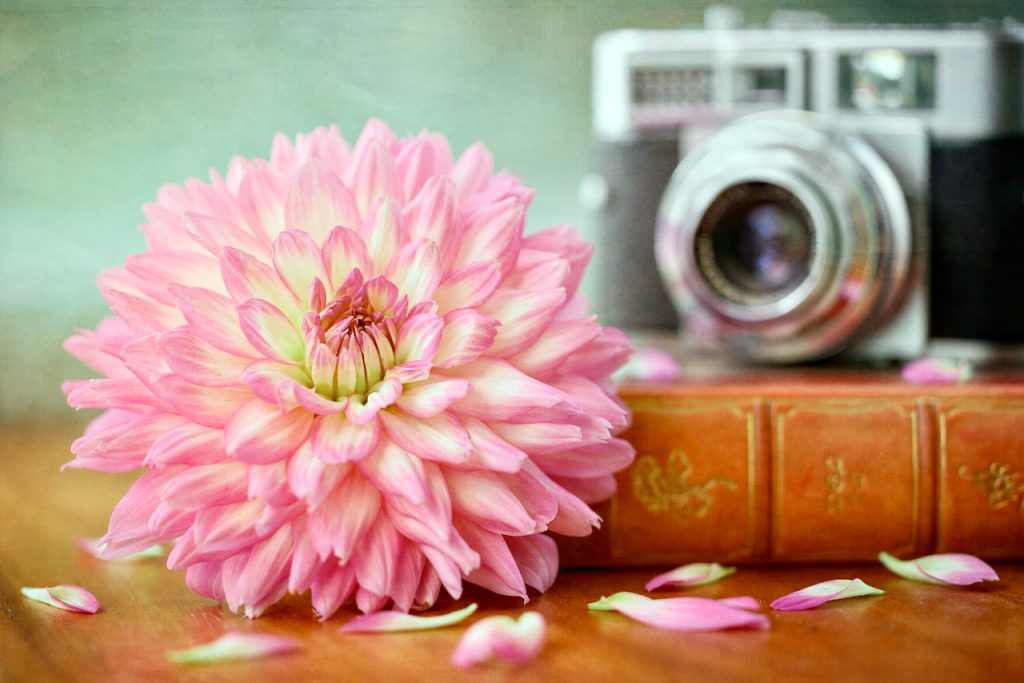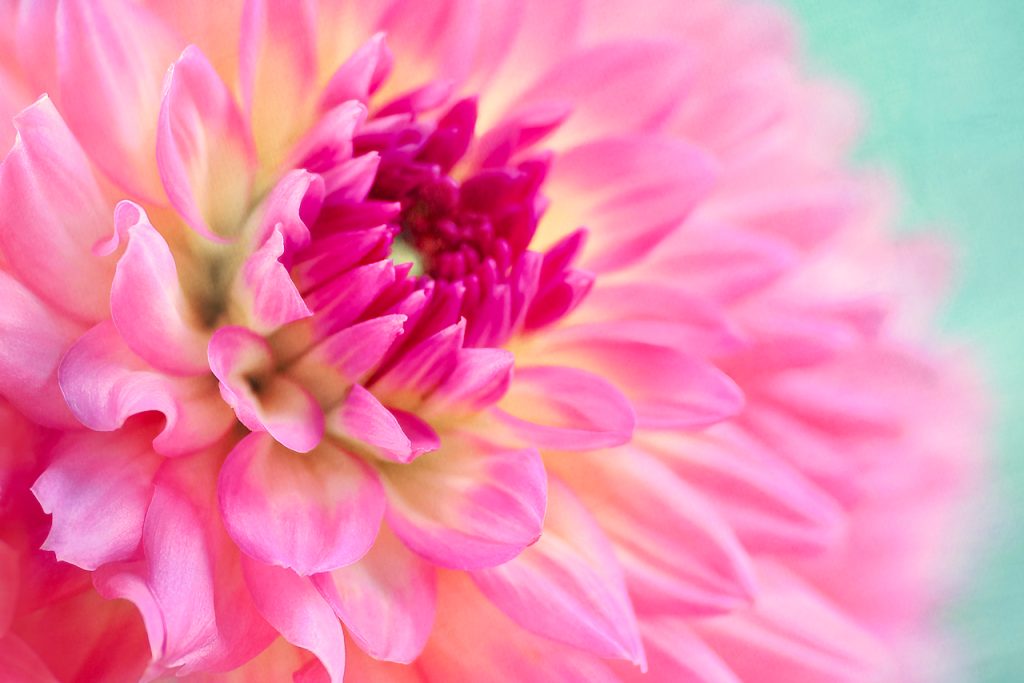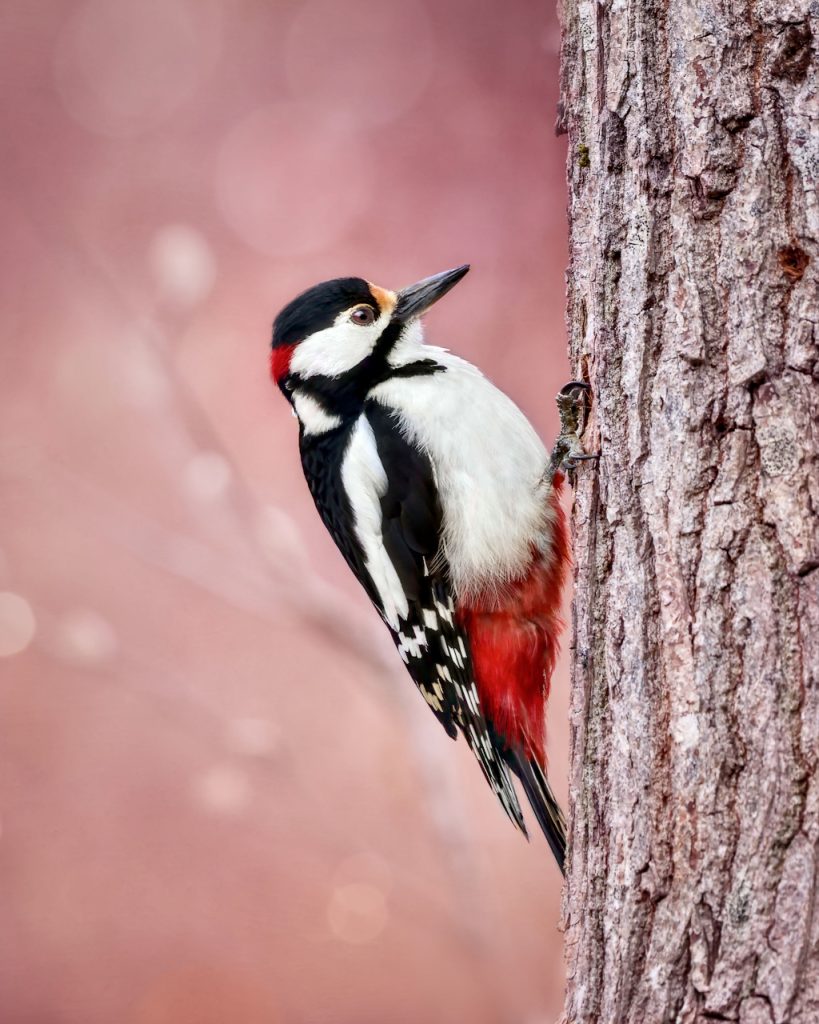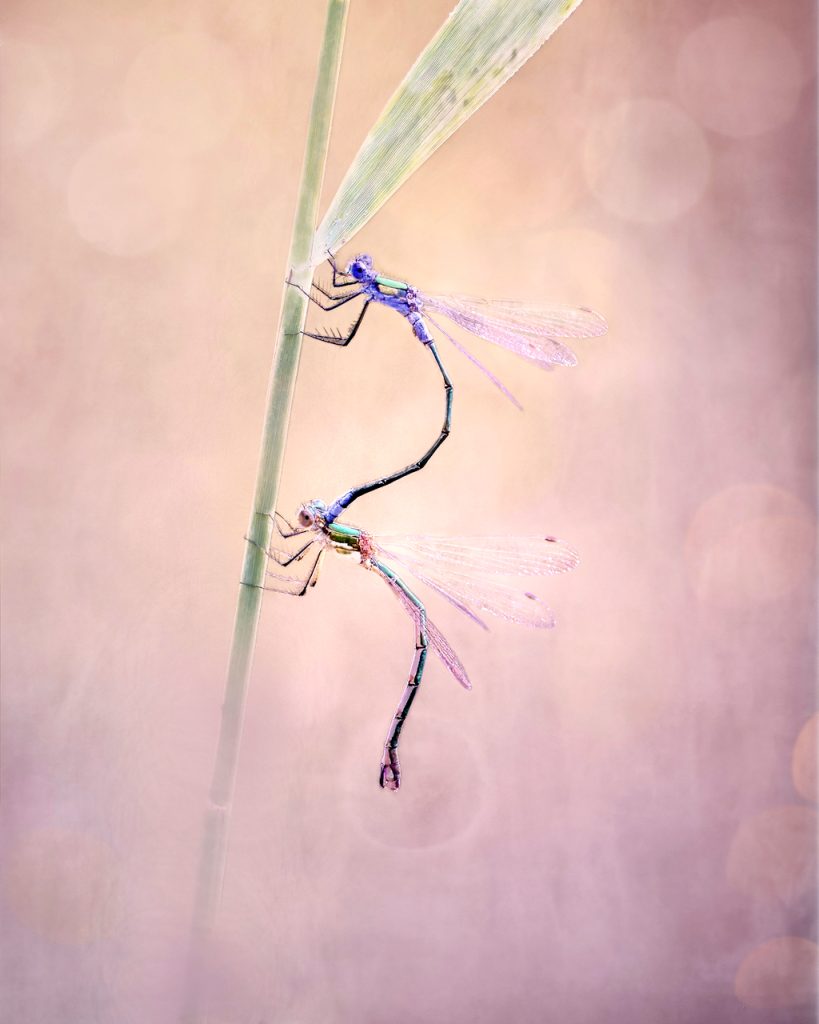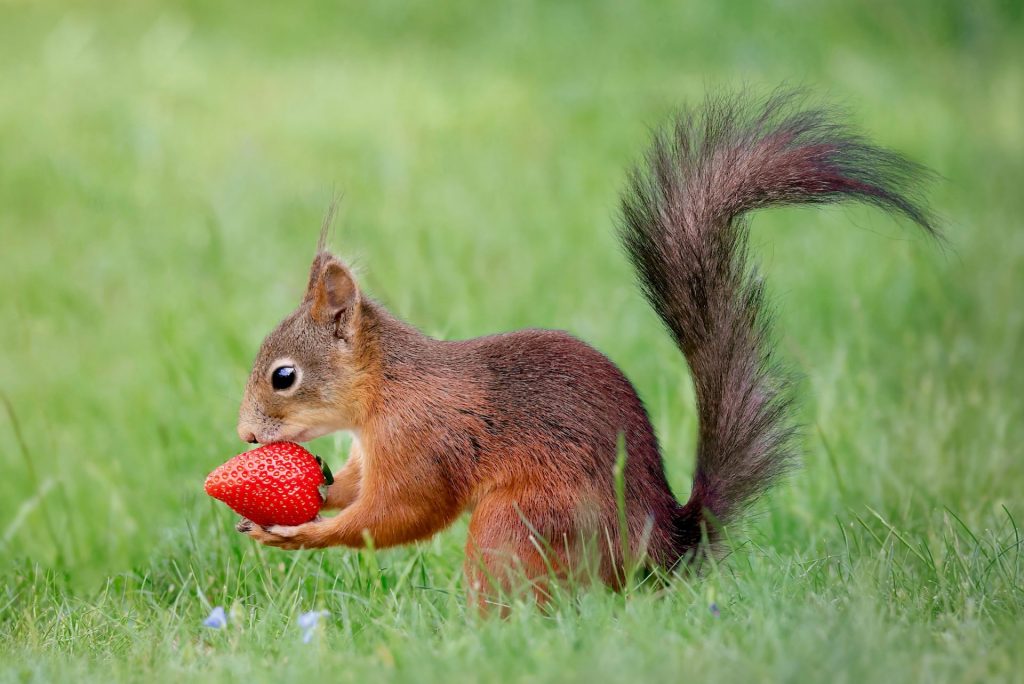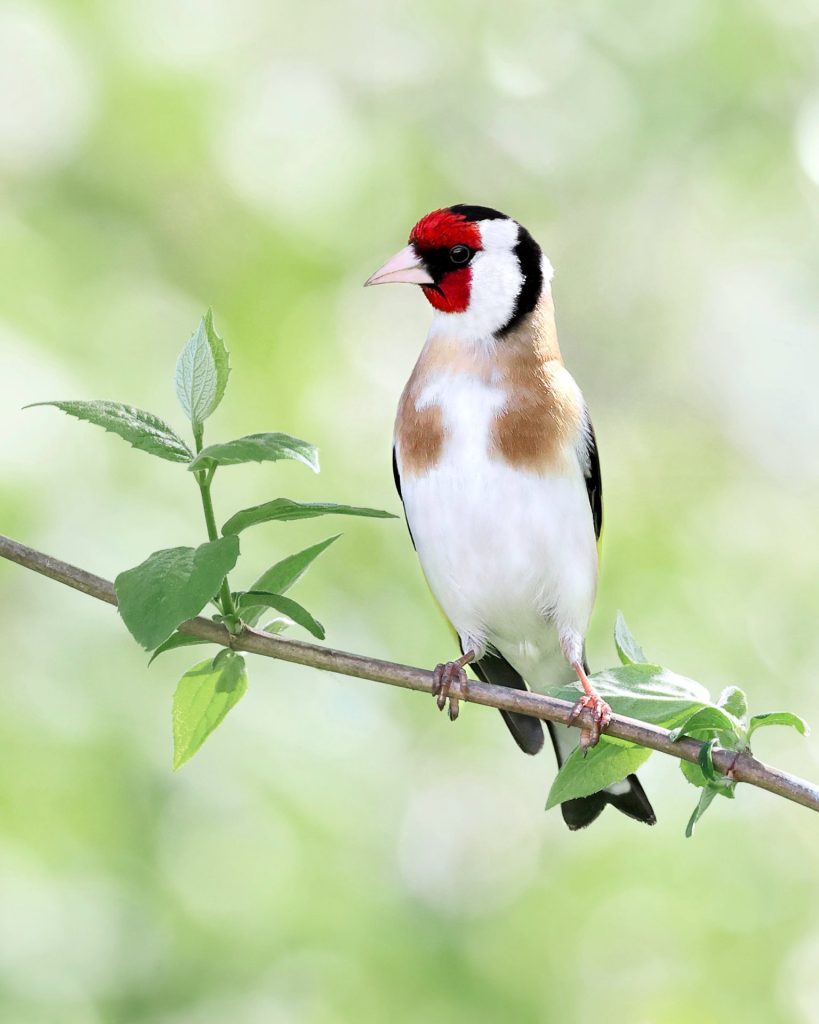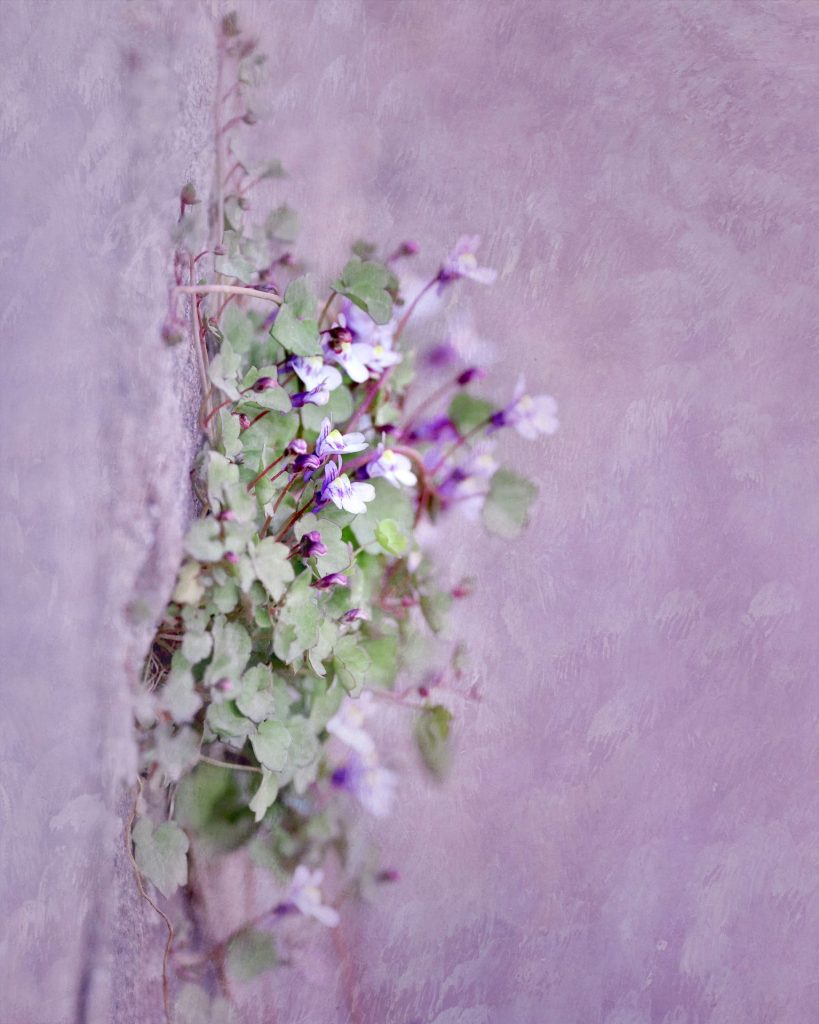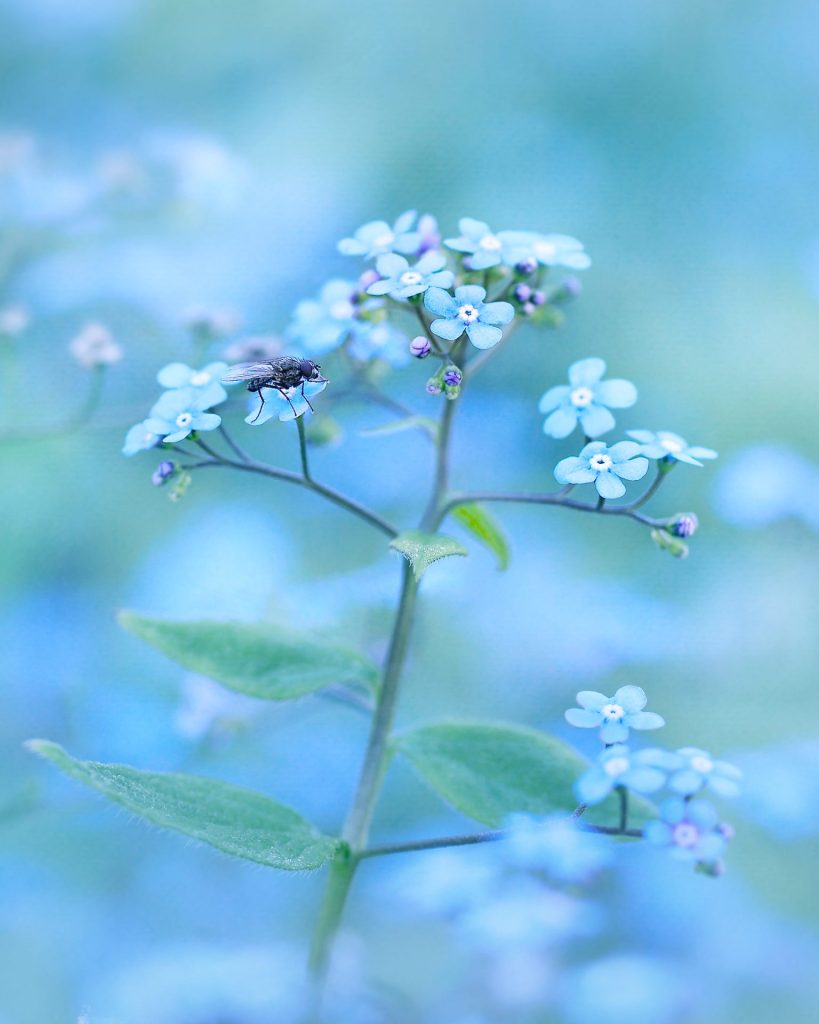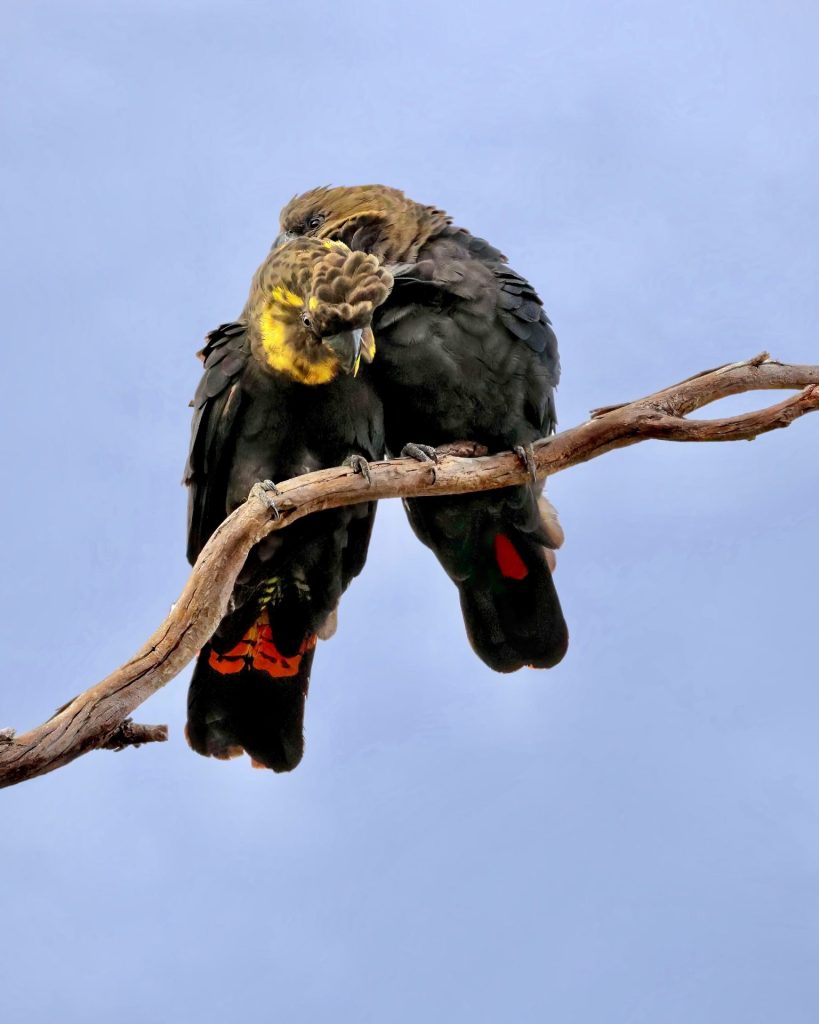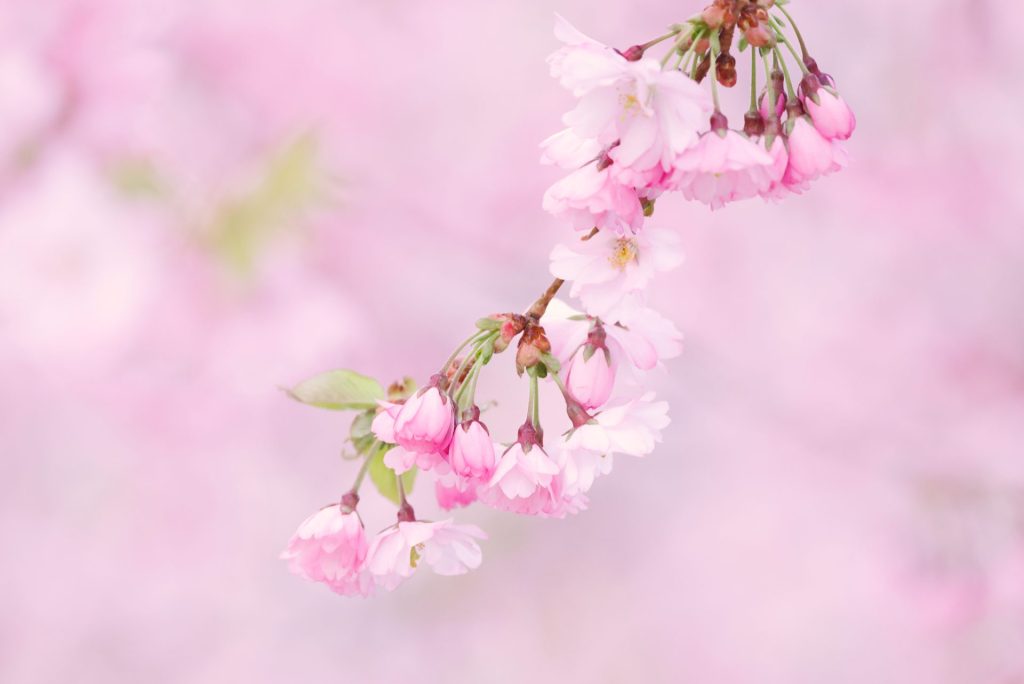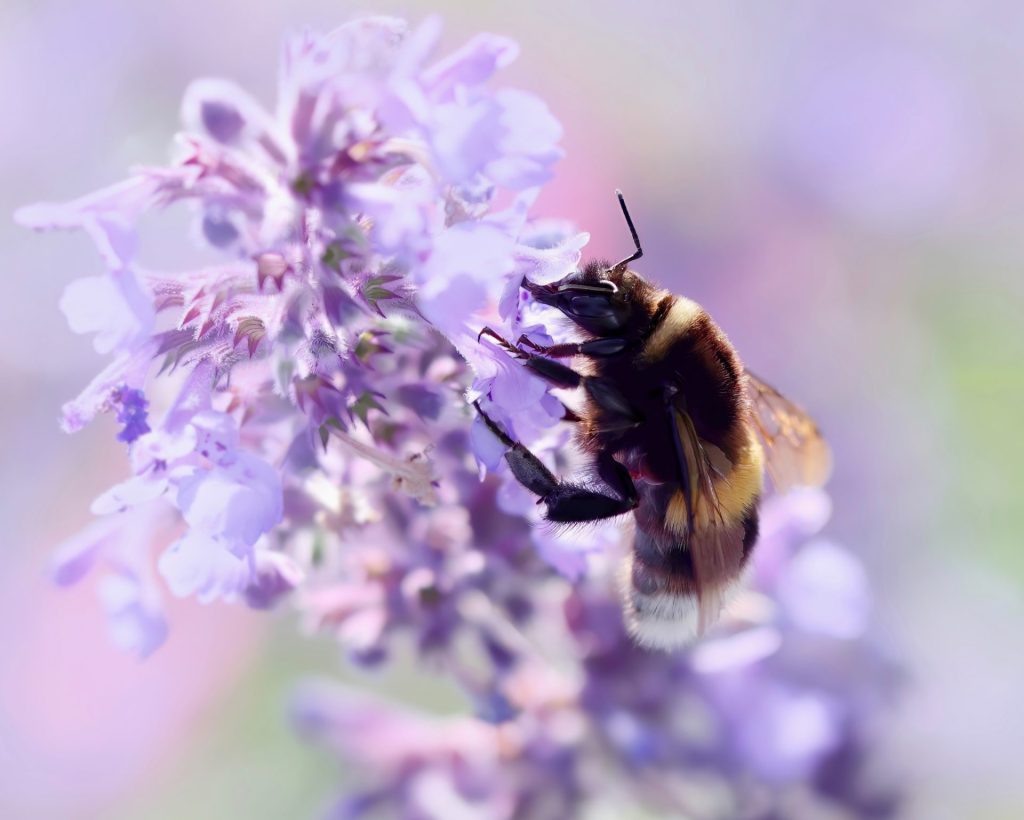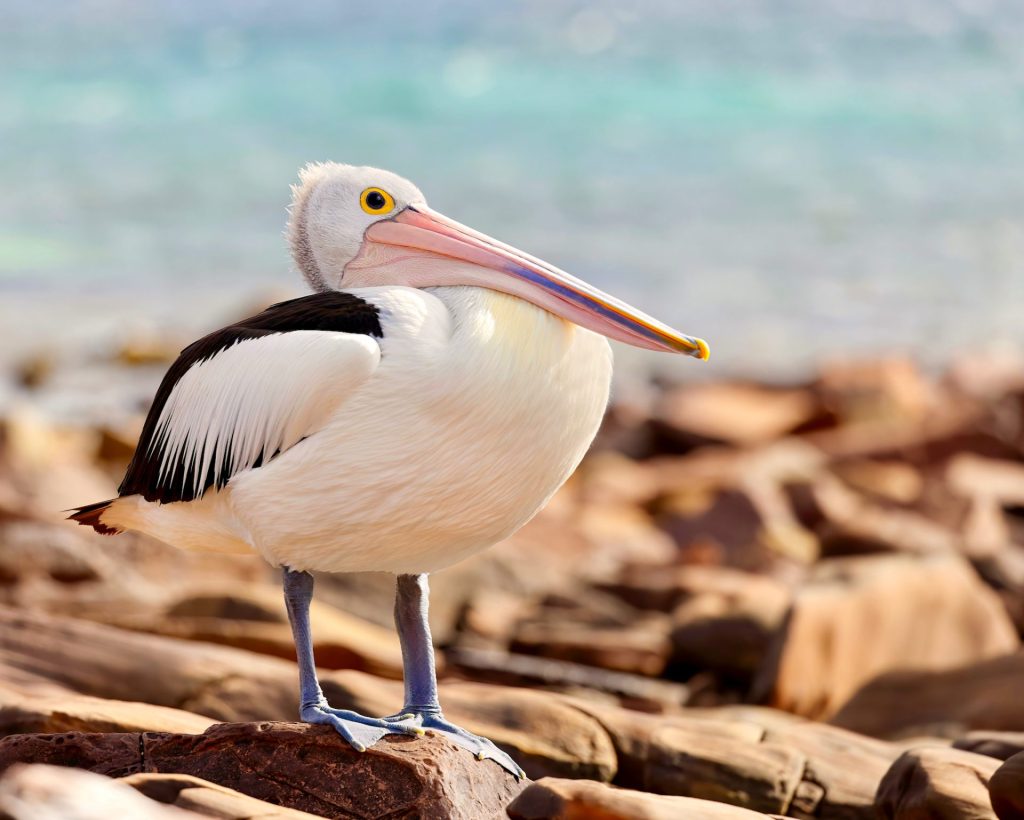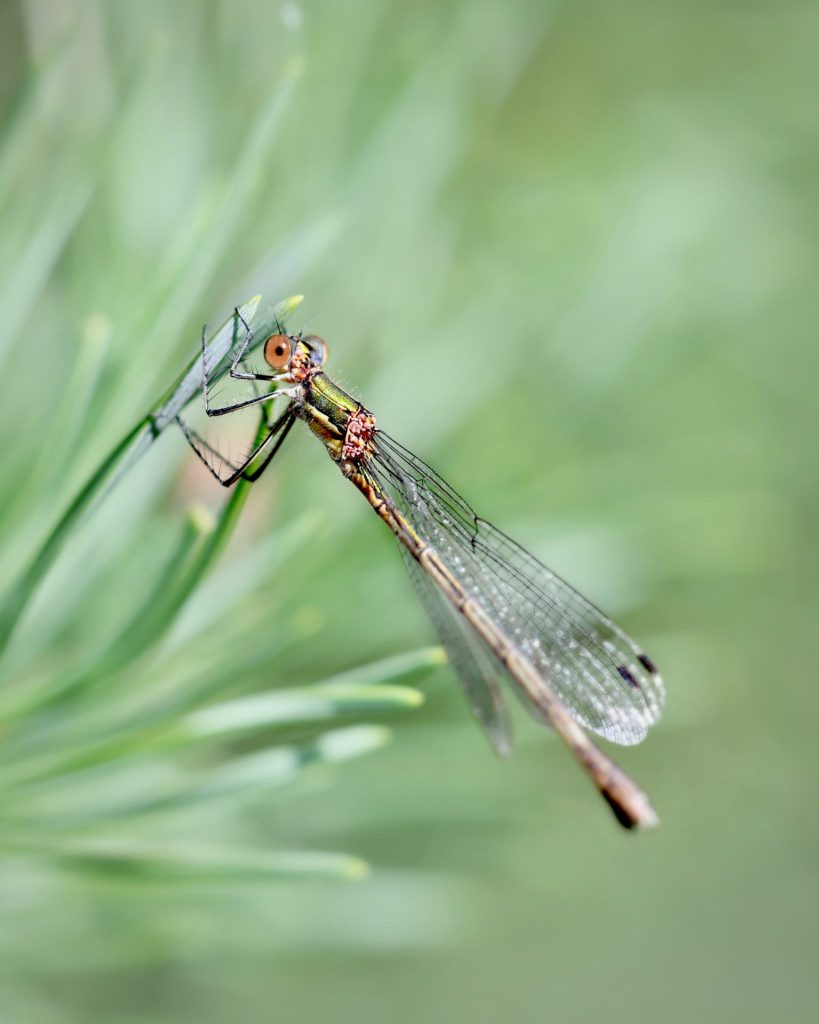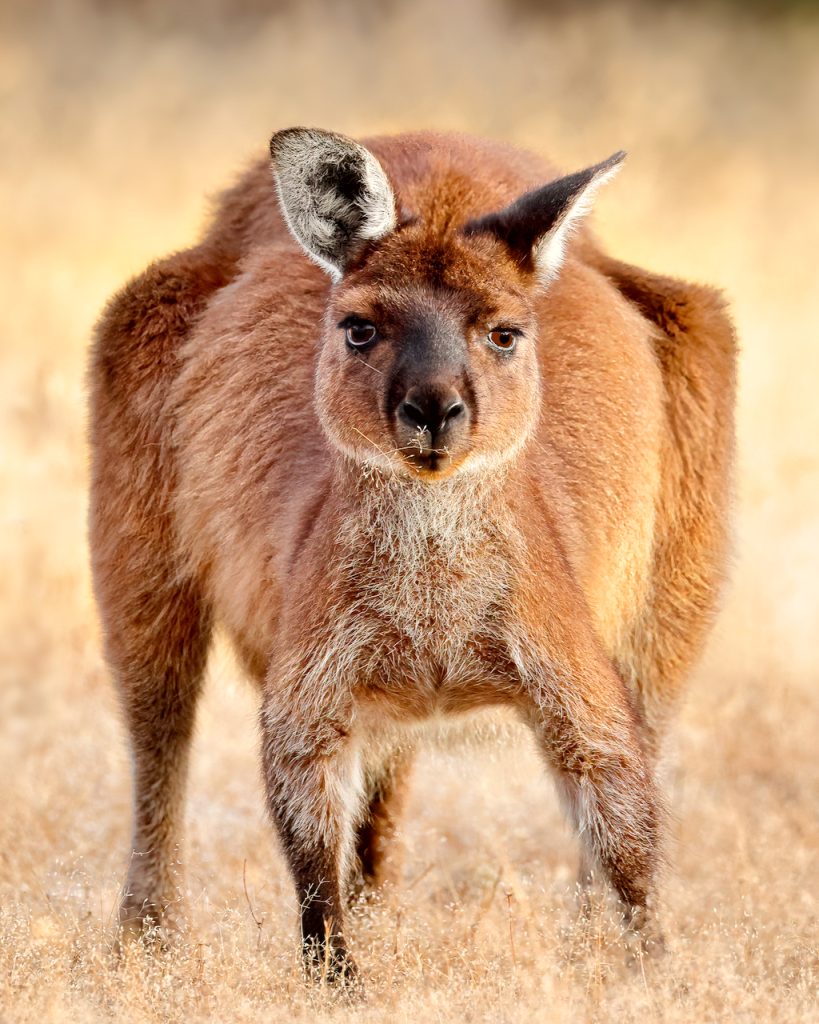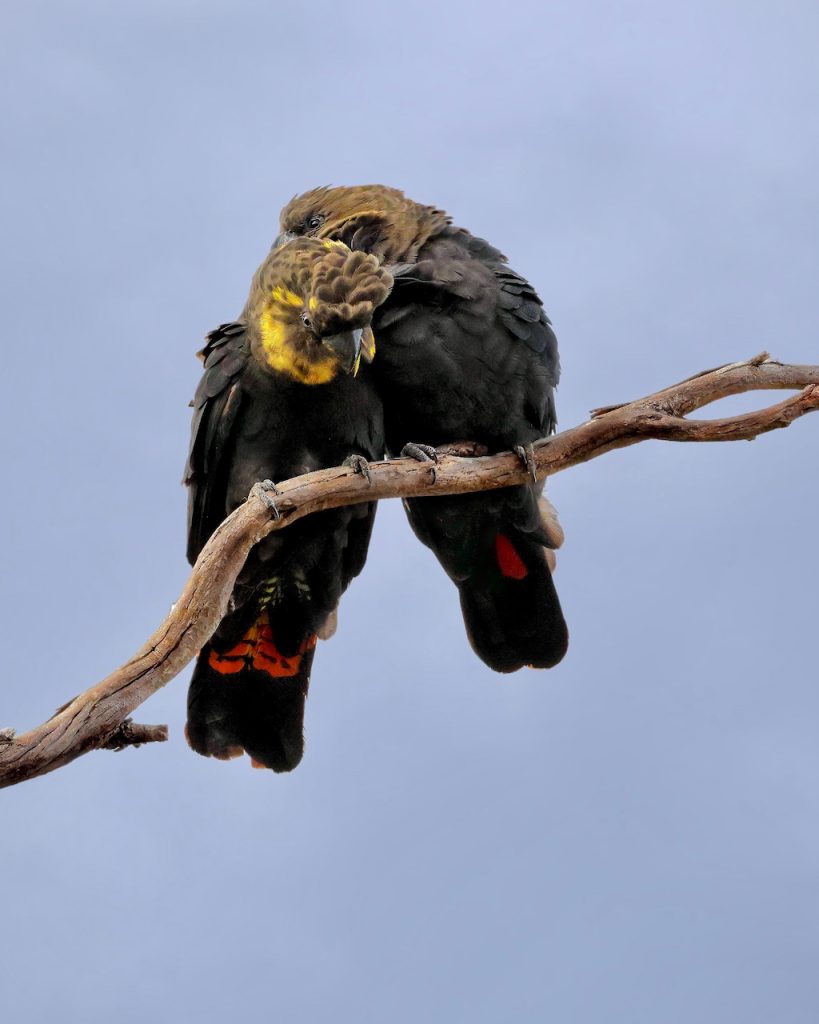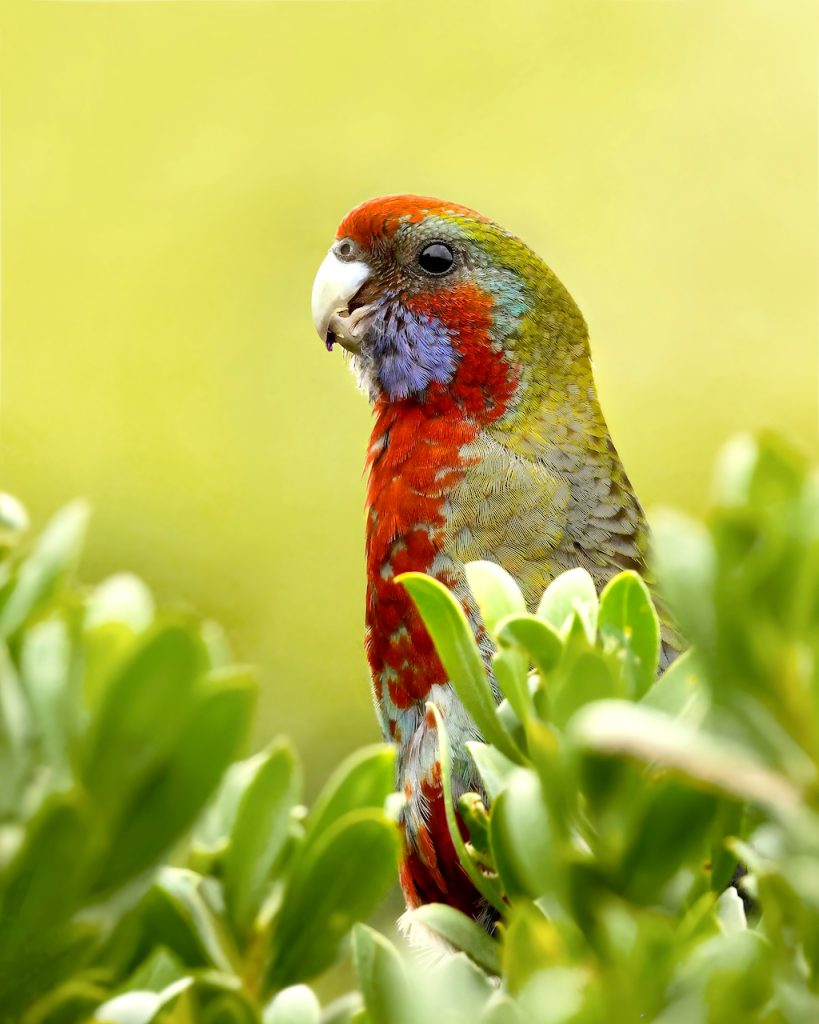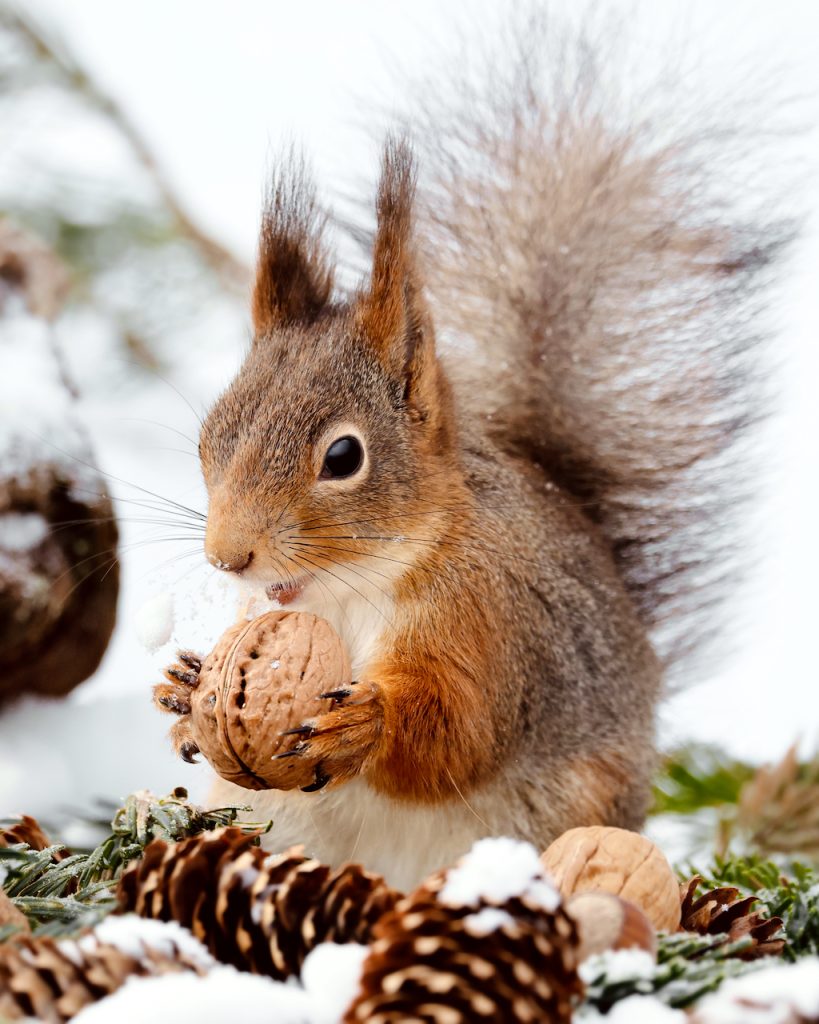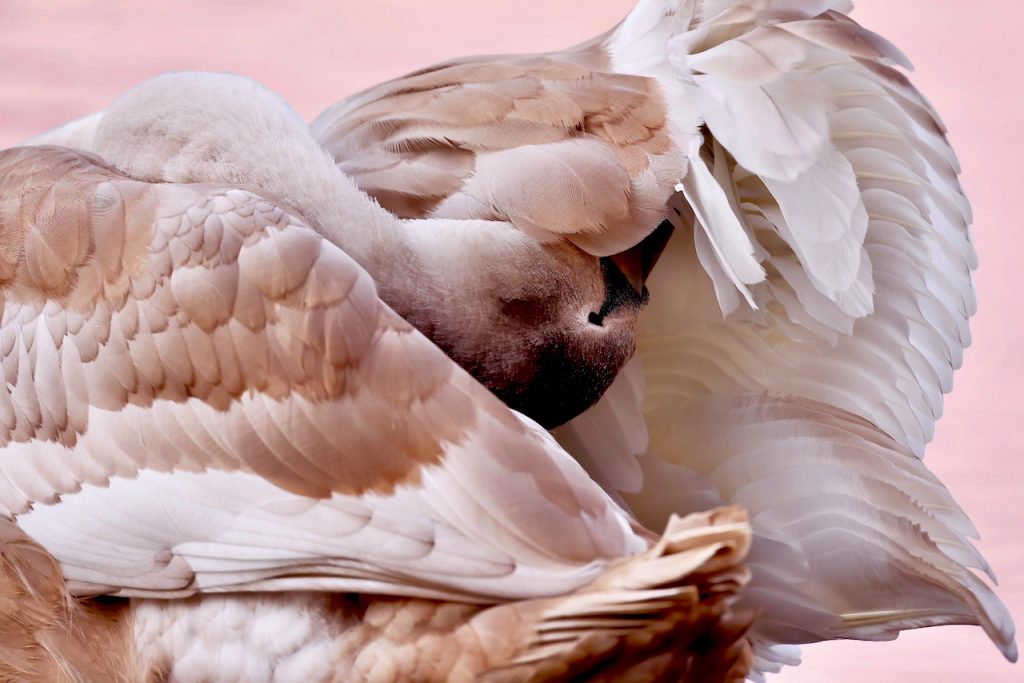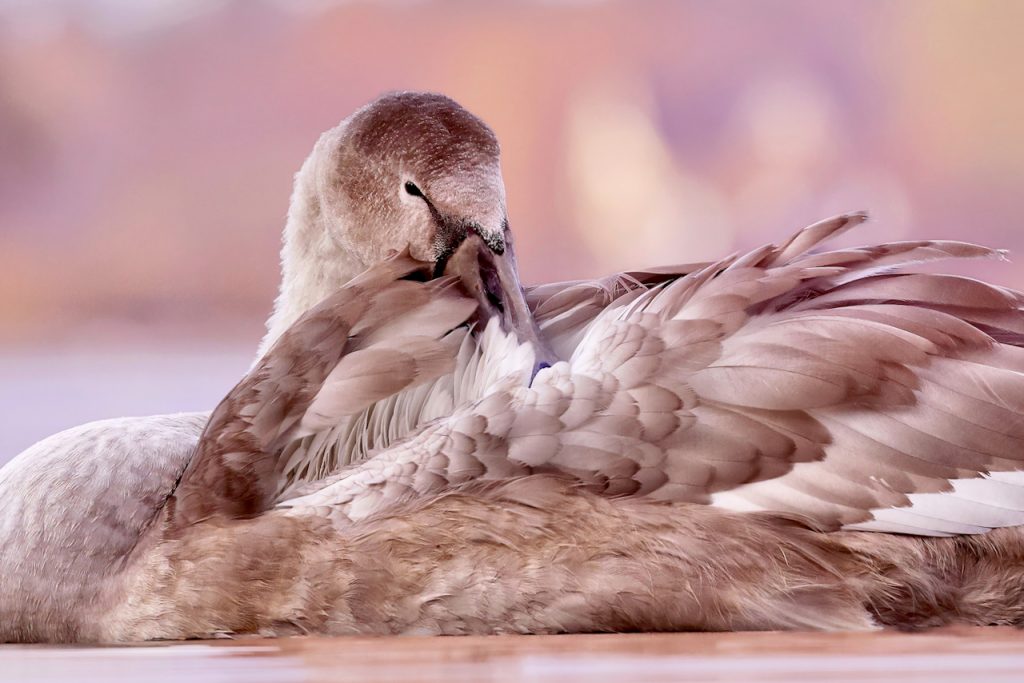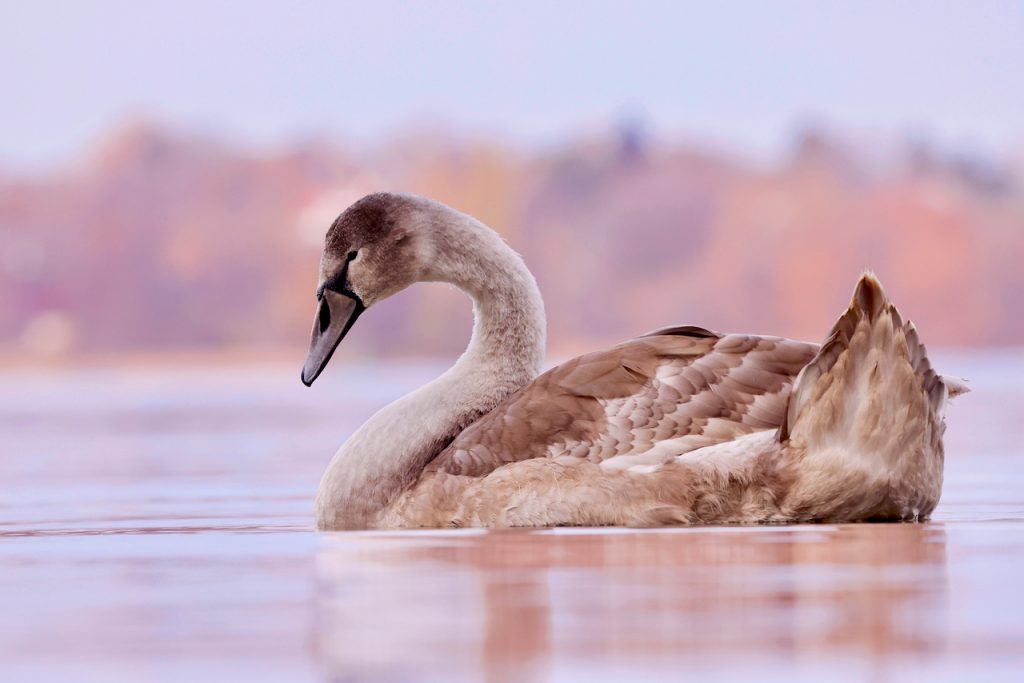
Autumn has never looked more stunning than at Millesgården. The vibrant colors of the garden are simply breathtaking, and that Lensbaby Velvet 85 lens creates the most delicious blur and bokeh. Can you believe this is a real place?
I usually use my Canon RF50mm F1.2 L USM lens at Millesgården or the Canon RF100mm F2.8 L MACRO IS USM one, but this time, I wanted to test my new toy, the Velvet 85. I bought it for flowers and still-life photos, but I was curious about other images.
All Lensbaby lenses use only manual focus, so it’s best to take lots of photos to make sure you nail the focus – especially when shooting at large apertures, as I do. I love to shoot for the blur, and I usually love F/1.8 to F/2.8, but I noticed that F/2.8 to f/4 works best for me when using a Lensbaby – for flowers.
It turned out that F/2.8 is the only aperture I love for this type of photo. F/1.8 is wonderful; the blur is insanely soft, but it only suits some photos, and getting the focus is really tricky. F/4 and up is fine; it’s pretty easy to focus, but as more of the background comes into focus, some of the magic disappears. Hence, F/2.8.

Another shot from Millesgården. It is such a magical place in the autumn! This is the statue of St. Martin on the lower terrace.
Millesgården was the home of Swedish sculptor Carl Milles (1875 – 1955); he designed and built it, and it is now a museum with Milles’ antique collection, sculpture garden, and art gallery. The garden is inspired by Italy’s Mediterranean gardens, and it’s a work of art in itself. Carl Milles and his Austrian wife Olga, an artist herself, spent the winters in Italy that both loved.
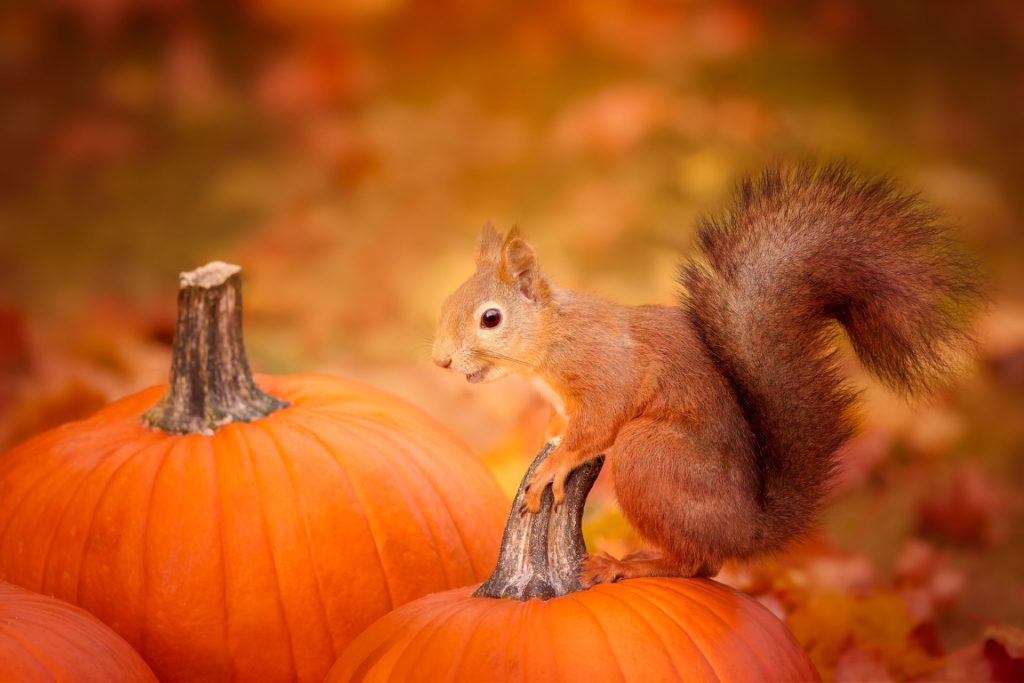
Squirrels! As soon as there are fewer squirrel photos on my Instagram or Facebook accounts, someone will wonder where the squirrels are. Somehow, I became the squirrel whisperer. Not a bad thing when it comes to social media.
This is a photo from last year that I hadn’t processed. I thought it would make a nice Halloween card and processed it accordingly. You can see the card here.

Just squirrel-ing around and finding its inner peace, ha, ha!
I had a few pumpkins out in the garden to get some photos for a squirrel Halloween card, but I wasn’t pleased with the images. They were fine, like this one, but didn’t work for a card, so I gave up in the end and used that photo from last year.
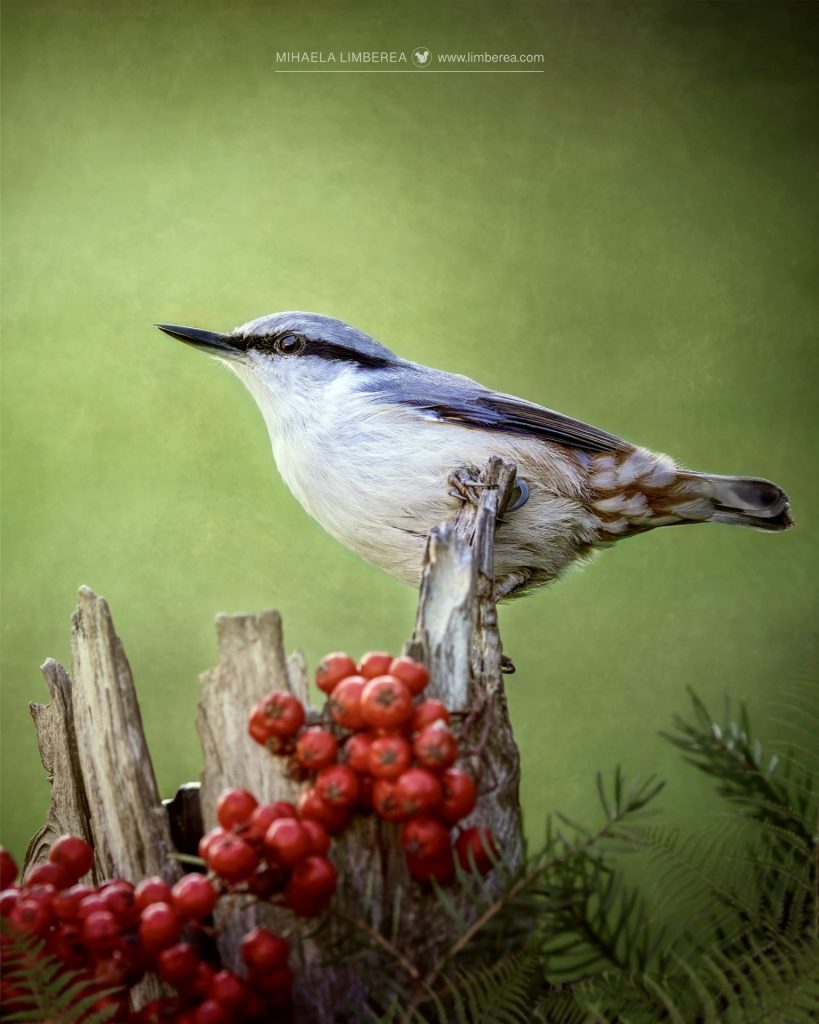
I love photographing wood nuthatches (Sitta europaea); they usually strike a pose when landing and again before taking off, checking their surroundings. I can always count on them to sit still long enough for me to get a decent photo.
Did you know that nuthatches can forage when descending trees head first? Inveterate hoarders, they store the food in the bark of the trees, then conceal it with moss or small pieces of bark.
I hope you enjoyed these photos; there are more to come next month.
Related Posts
- My 2022 Favorite Photos
- Favorite Photos: May 2023
- Favorite Photos: June 2023
- Favorite Photos: July 2023
- Favorite Photos: August 2023
- Paris Is Always A Good Idea
If you liked this post, share it on your preferred social network or forward it to a friend.
